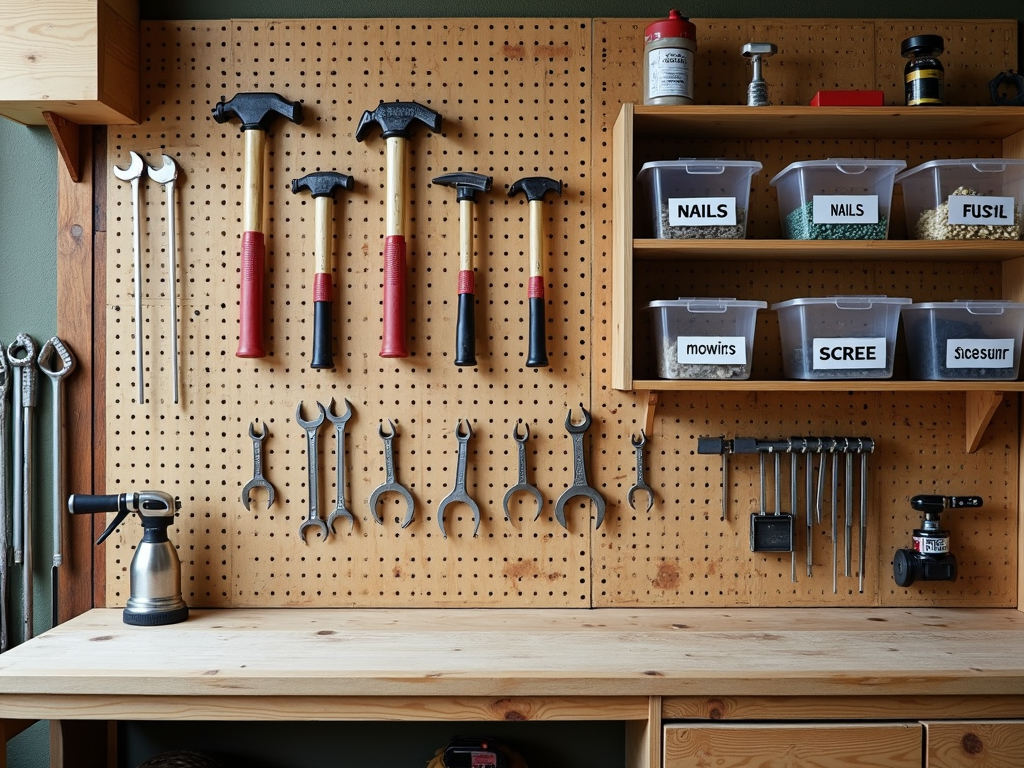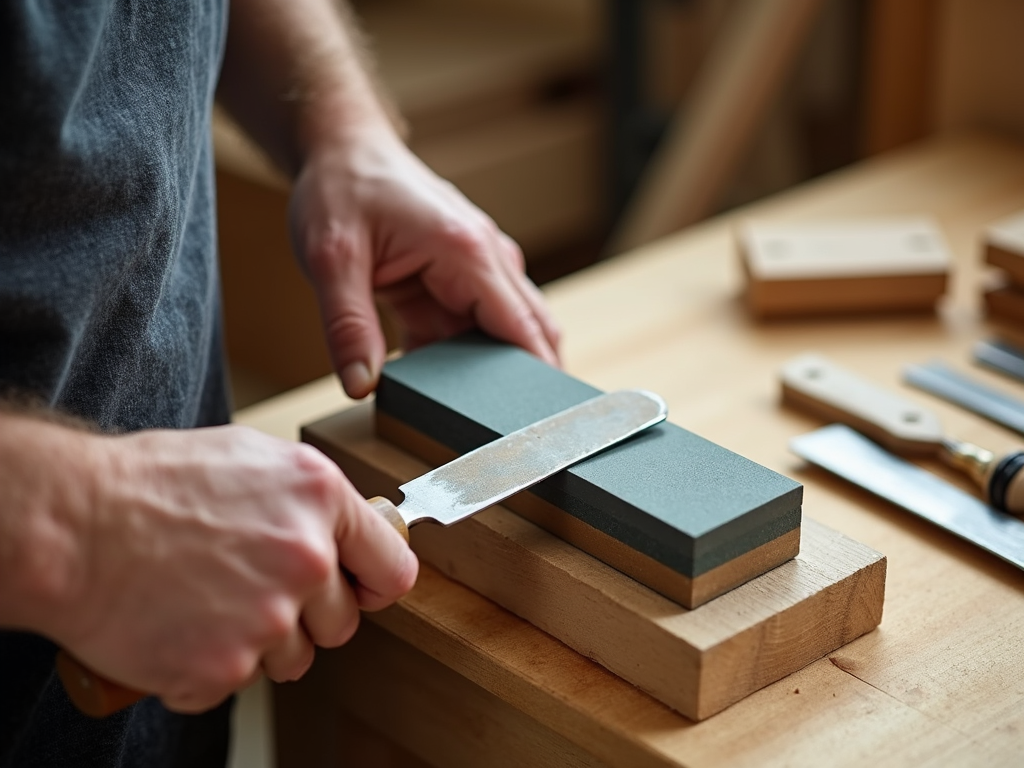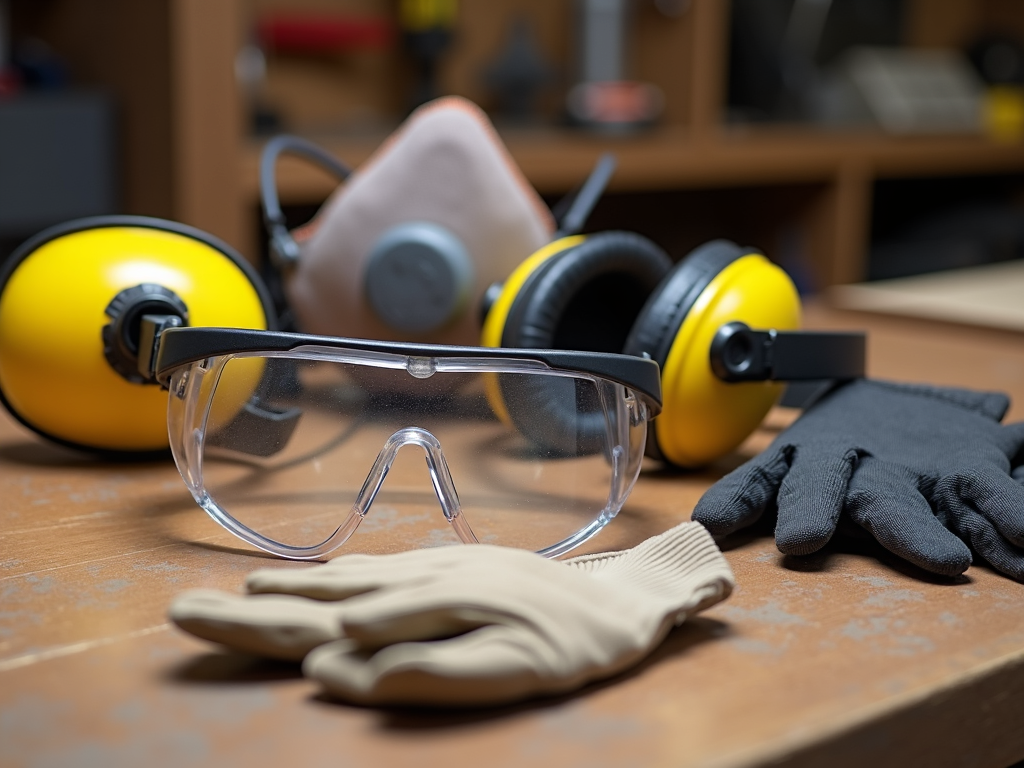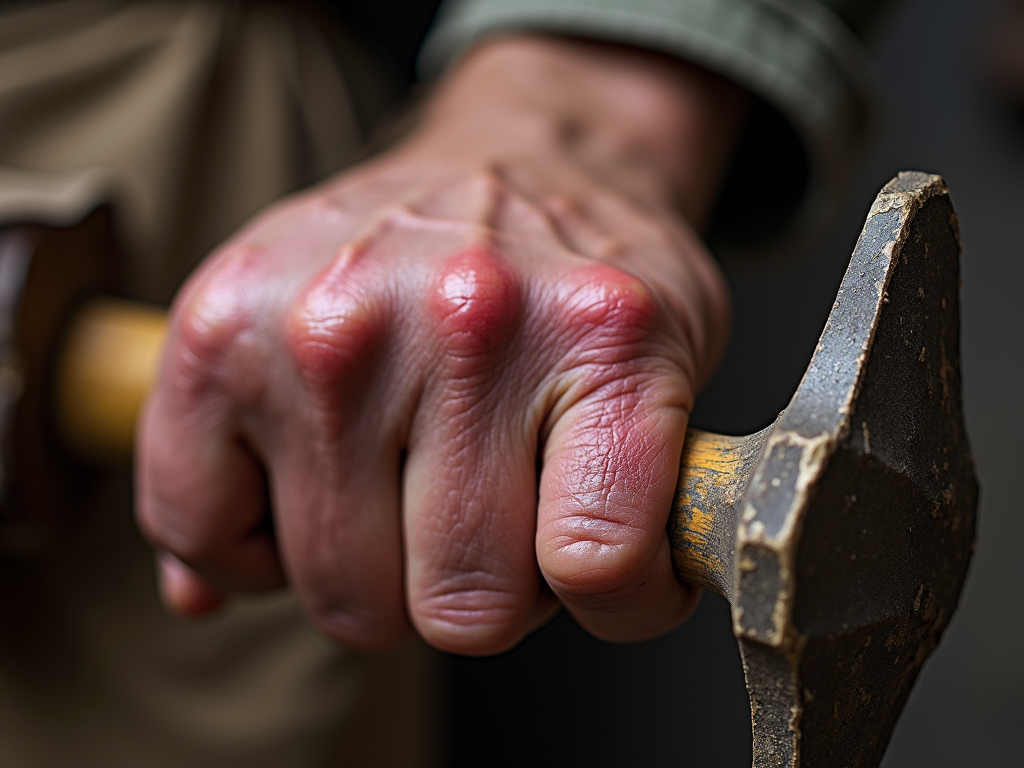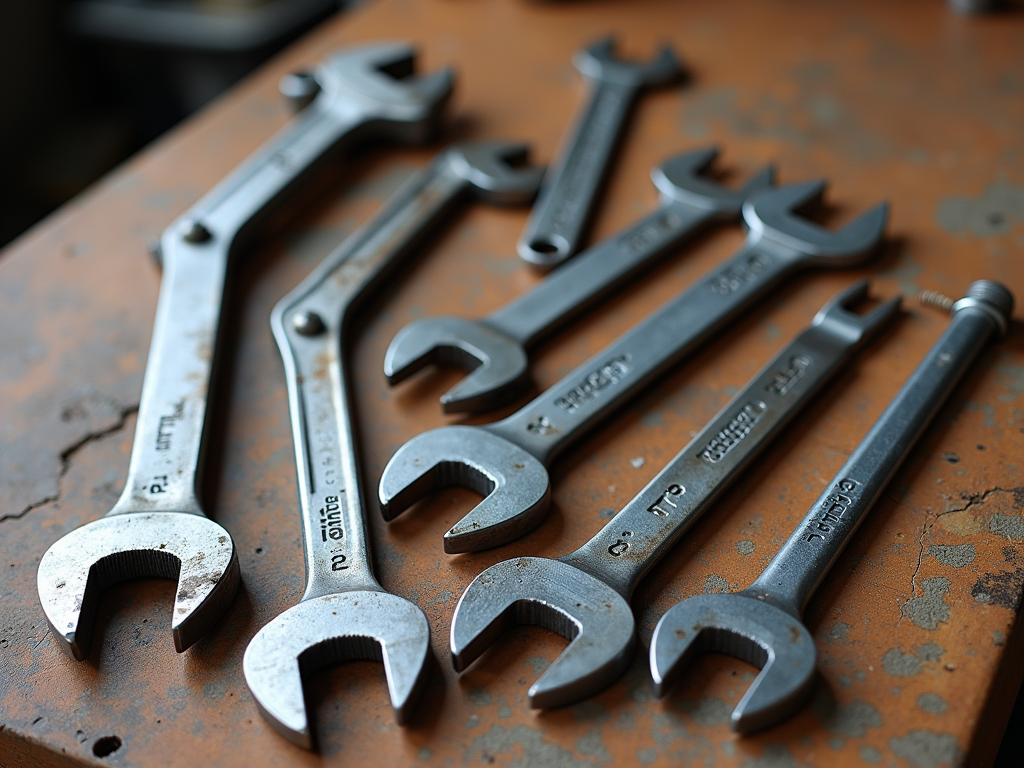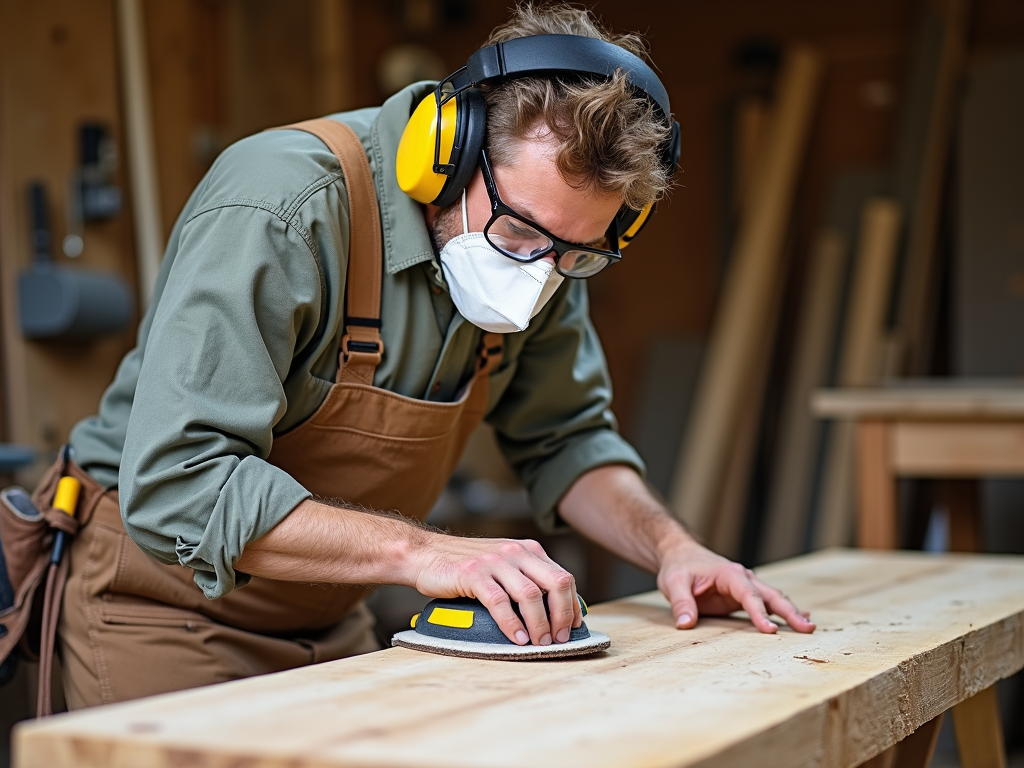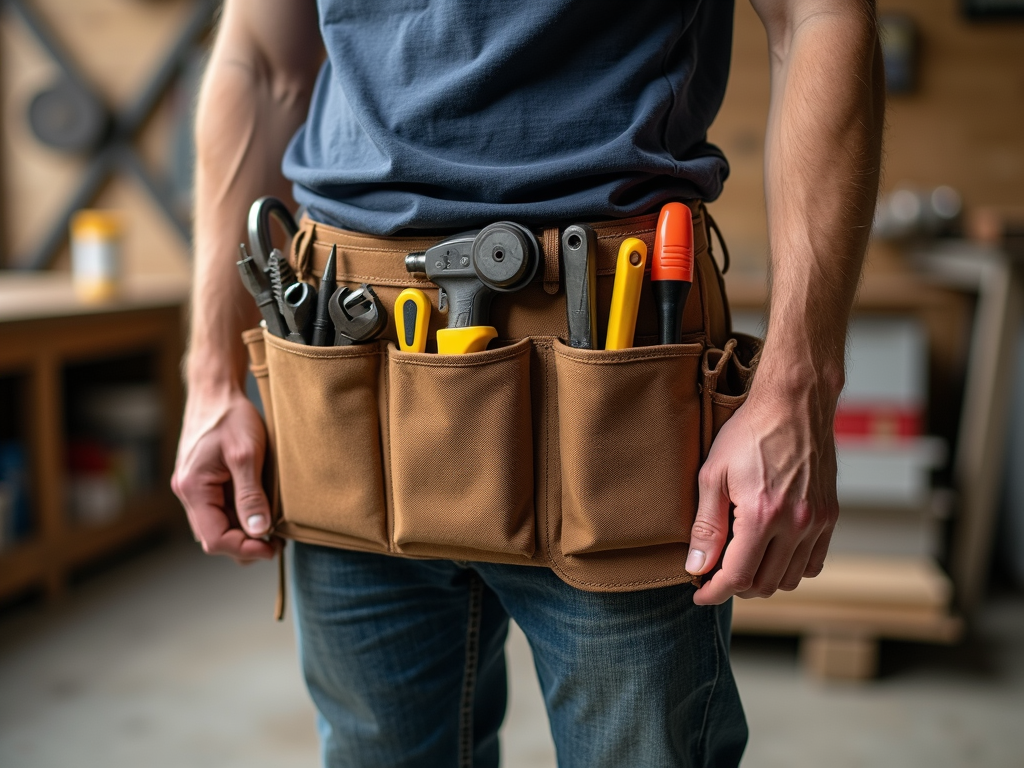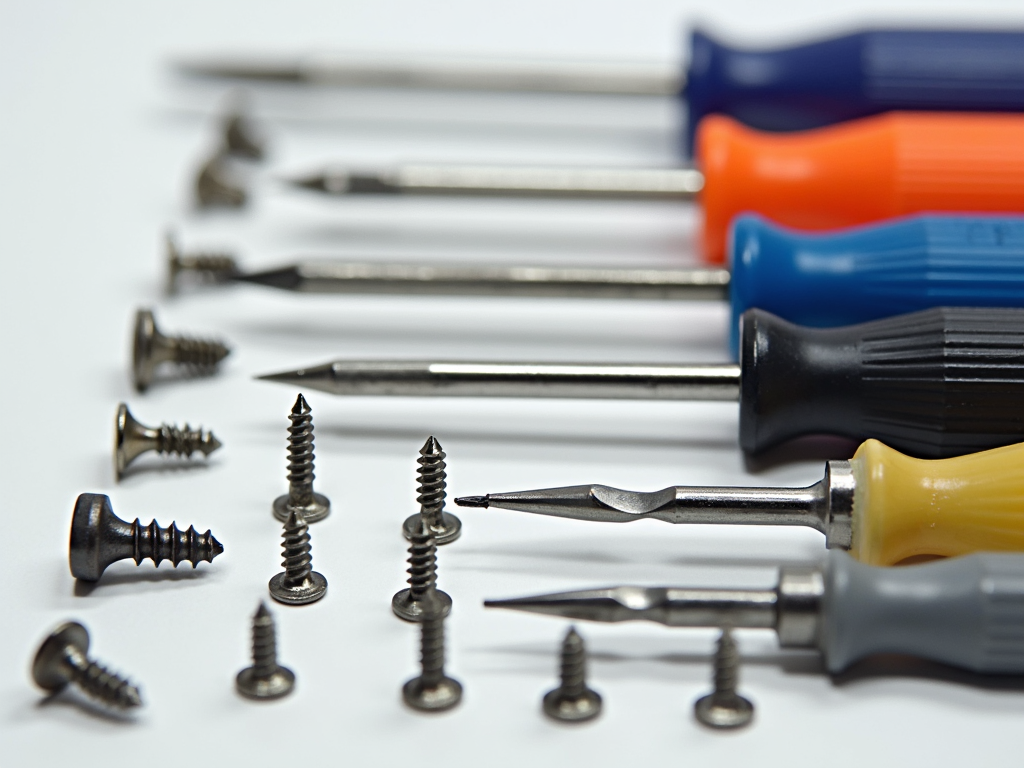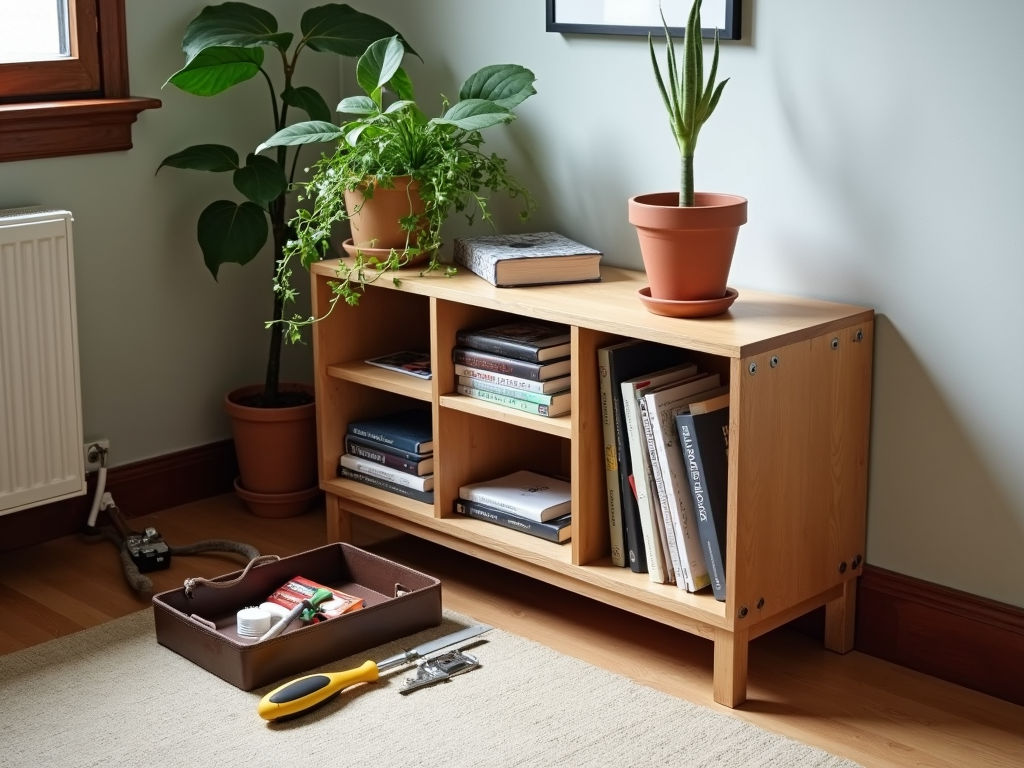Sharpening your cutting tools is a must for keeping them effective and long-lasting. Whether you’re a DIY hobbyist or a seasoned pro, this skill saves time and boosts safety. This guide covers everything from why sharpness matters to hands-on sharpening techniques for your workshop equipment.
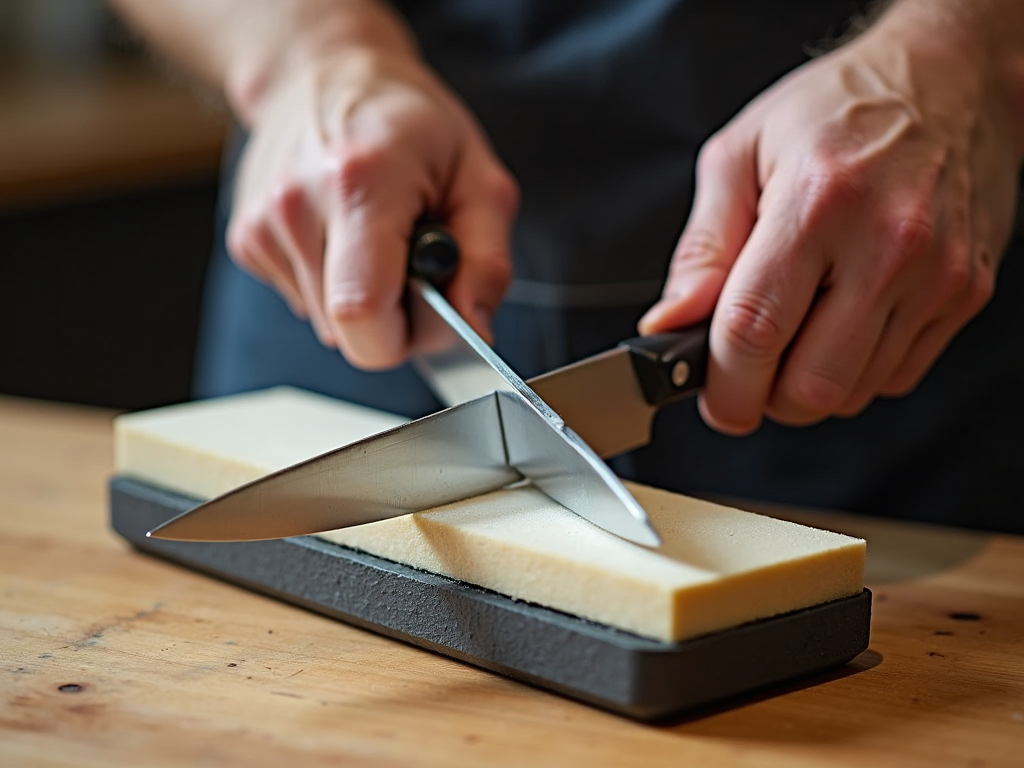
Why Sharp Tools Are a Game-Changer
Sharp tools do more than just cut better—they keep you safe and save energy. A dull blade forces you to push harder, which can lead to slips or injuries. The National Safety Council notes that poor tool upkeep is a top cause of workshop accidents. Sharp tools, though, slice cleanly with less effort, making your projects smoother and safer.
I learned this the hard way years ago. My first woodworking project was a mess because I used a dull chisel. I thought I was the problem until I sharpened it—suddenly, the wood shaped like butter. That moment showed me how vital sharp tools are.
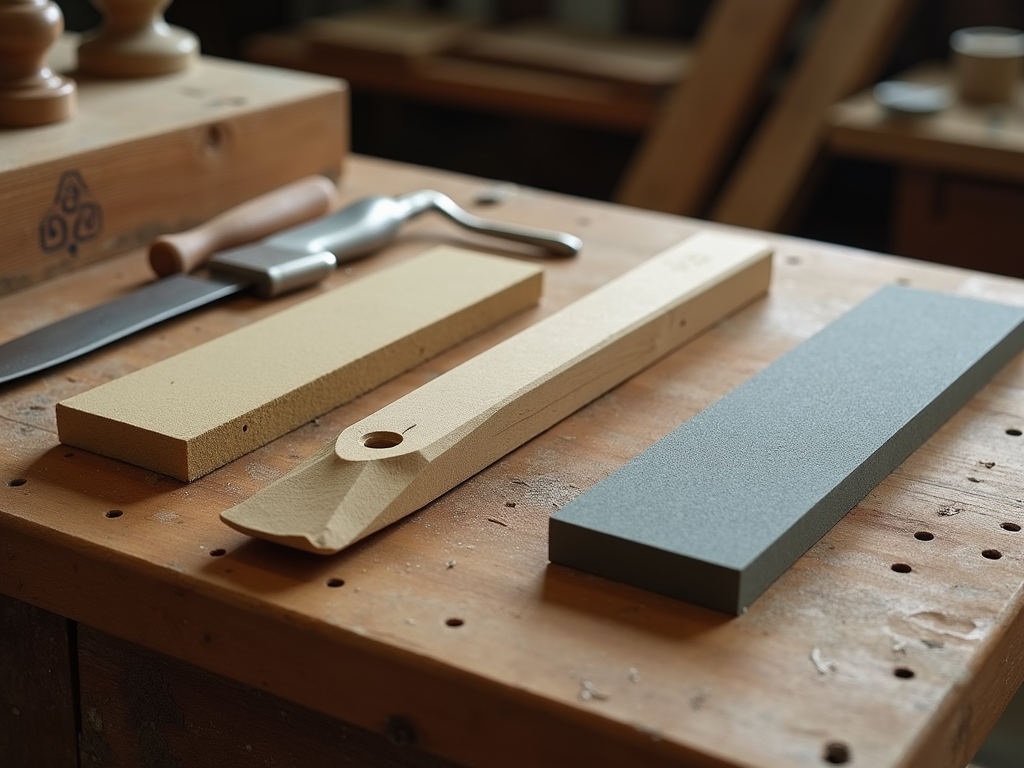
What You’ll Need to Sharpen
To sharpen your tools, you need some basic gear. Here’s what to grab:
- Sharpening Stones: These come in different grits—coarse for dull edges, fine for polishing. Brands like Wüsthof make great ones for knives, while Norton covers broader workman tools.
- Honing Guide: Keeps your angle steady, especially for chisels.
- Files: Perfect for big tools like axes or lawnmower blades.
- Strop: A leather strip with compound for that final sharp edge.
Pick tools based on what you use most. For knives, I love water stones. For general workshop equipment, a combo stone works wonders and won’t break the bank.
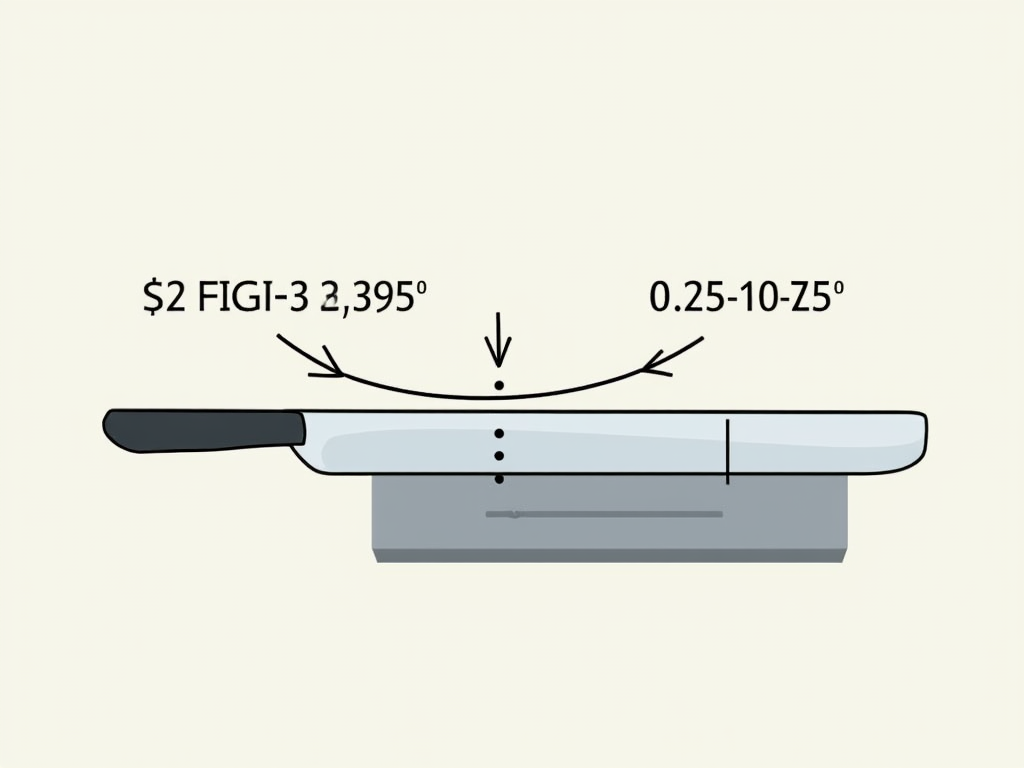
How to Sharpen Different Tools
Each tool needs its own approach. Here’s how to tackle the big ones:
Knives
- Pick Your Stone: Use coarse for dull blades, medium for regular upkeep.
- Set the Angle: Aim for 20-25 degrees—check your knife’s edge.
- Move It Right: Sweep the blade across the stone like you’re slicing something thin. Do both sides evenly.
- Finish Up: A fine stone or strop polishes it sharp.
Scissors
- Take Apart (If You Can): Separate the blades if possible.
- Sharpen Each Side: Use a medium stone, following the original angle.
- Test It Out: Reassemble and cut some paper to check.
Chisels
- Grab a Honing Guide: Set it to 25-30 degrees.
- Work the Stone: Go from coarse to fine grits.
- Smooth the Back: Rub the flat side on the stone to remove any burr.
Want more? The University of Missouri Extension has a solid guide on sharpening basics that’s worth a look.
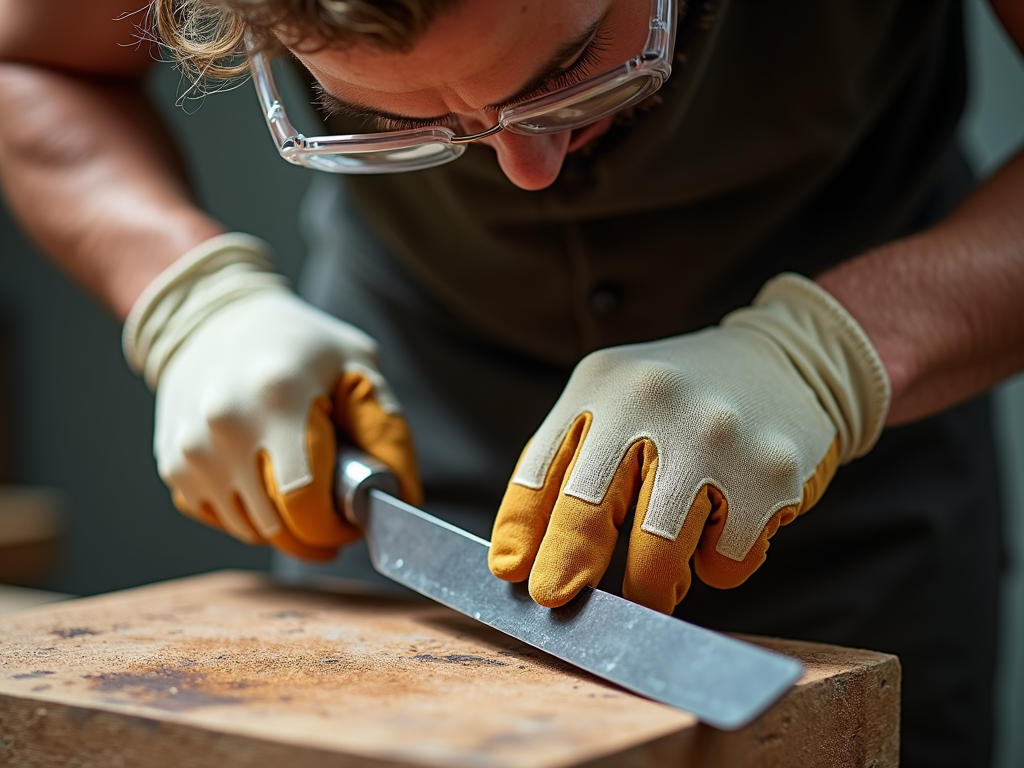
Stay Safe While Sharpening
Sharpening can get risky without care. Follow these tips:
- Wear Gloves: Keep your hands safe from cuts.
- Stable Setup: Make sure your stone won’t slide around.
- Mind Your Fingers: Keep them clear of the blade’s path.
- Good Lighting: See every move you make.
I once sharpened a knife in a dim corner and nicked myself bad. Now, I always use bright light and gear up—it’s a small step that saves big trouble.
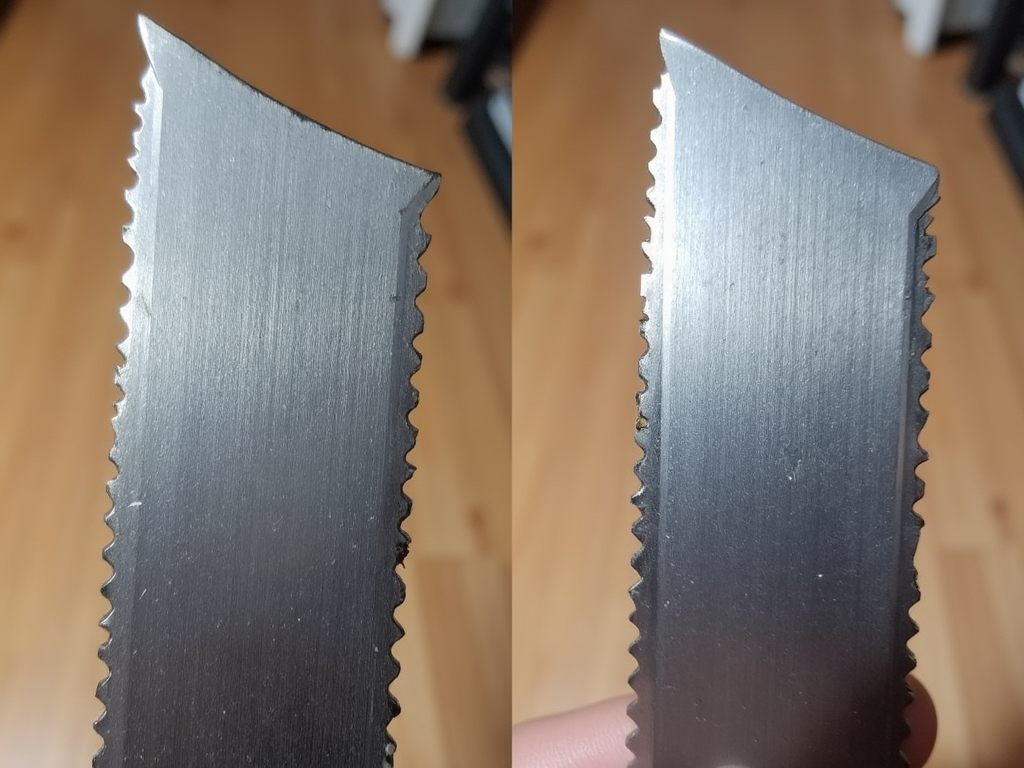
Keeping Your Workshop Equipment in Shape
Sharpening is only half the battle. To make your workman tools last, try this:
- Clean Them: Wipe off gunk after every use to stop rust.
- Store Smart: Keep them dry and in cases or rolls.
- Check Often: Look for wear and fix it fast.
These habits keep your tools ready to go. For more, see this OSHA guide on hand tool care—it’s packed with practical advice.
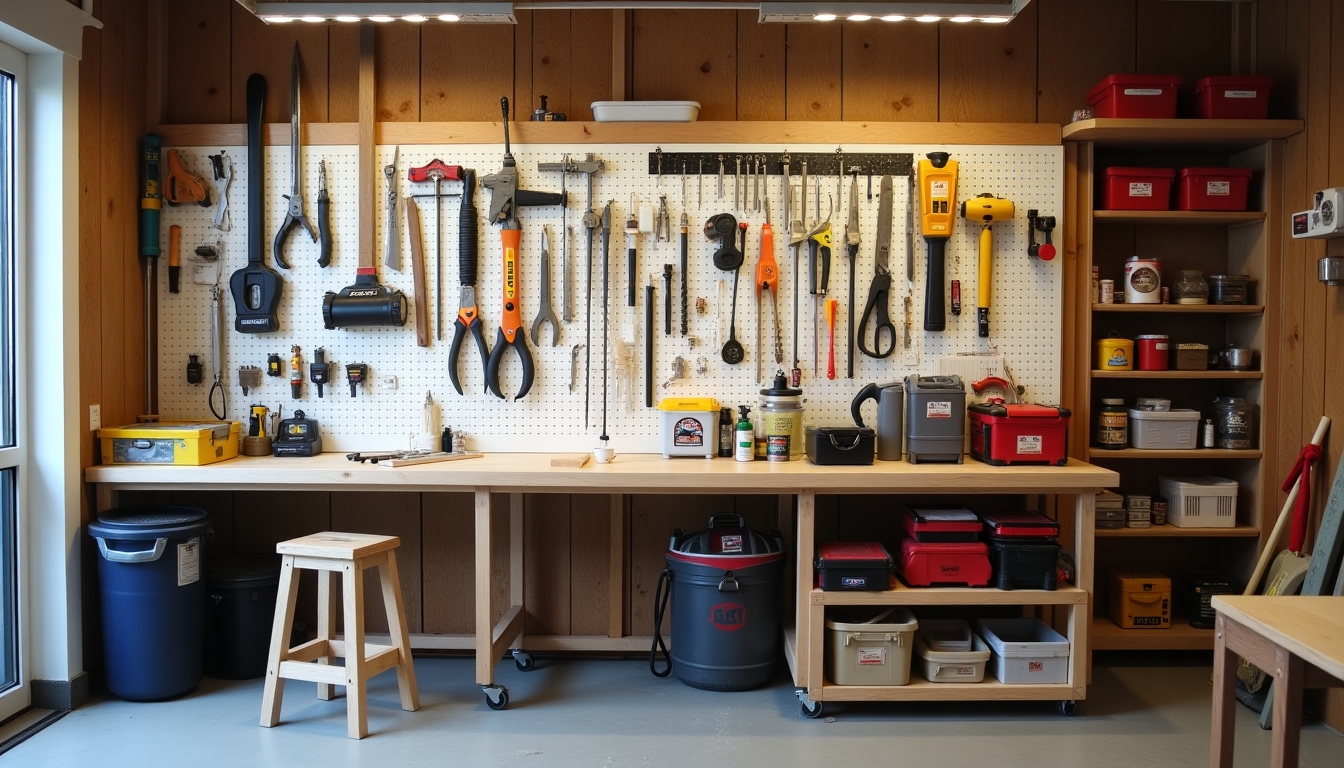
Wrapping It Up
Mastering how to sharpen your cutting tools is a skill worth having. It boosts your work, keeps you safe, and makes every cut a breeze. With the steps and tips here, you can maintain your workshop equipment like an expert. Don’t worry if it’s tricky at first—practice pays off. Soon, you’ll feel the difference a sharp edge brings.
Related How to Sharpen Your Cutting Tools:
- How to Organize Your Workshop for Maximum Efficiency
- The Importance of Tool Maintenance in Woodworking
- Safety Tips for Workshop Enthusiasts: A Comprehensive Guide
- Preventing Injuries with Smart Tool Choices: A Guide to Worker Safety and Efficiency
- Types of Wrenches for Different Jobs: A Comprehensive Guide
- Beginner’s Guide to Woodworking Safety
- Revolutionizing Industry: Advanced Electrical Tools for Automation
- The Ultimate Guide to Hand Tools
- Must-Have Wrenches for Every Toolbox
- Upgrading Your Home’s Electrical System
- Screwdriver Safety Tips for Beginners: Essential Guide for Safe Tool Use
- DIY Projects for Beginners: A Guide to Getting Started and Maintaining Your Tools
